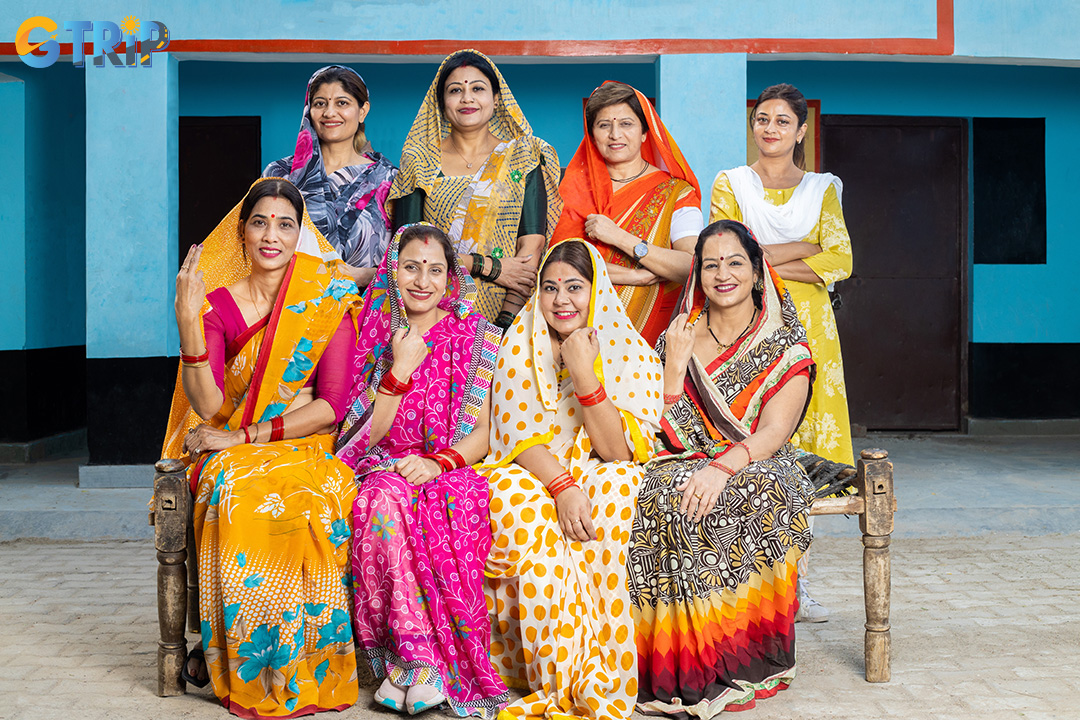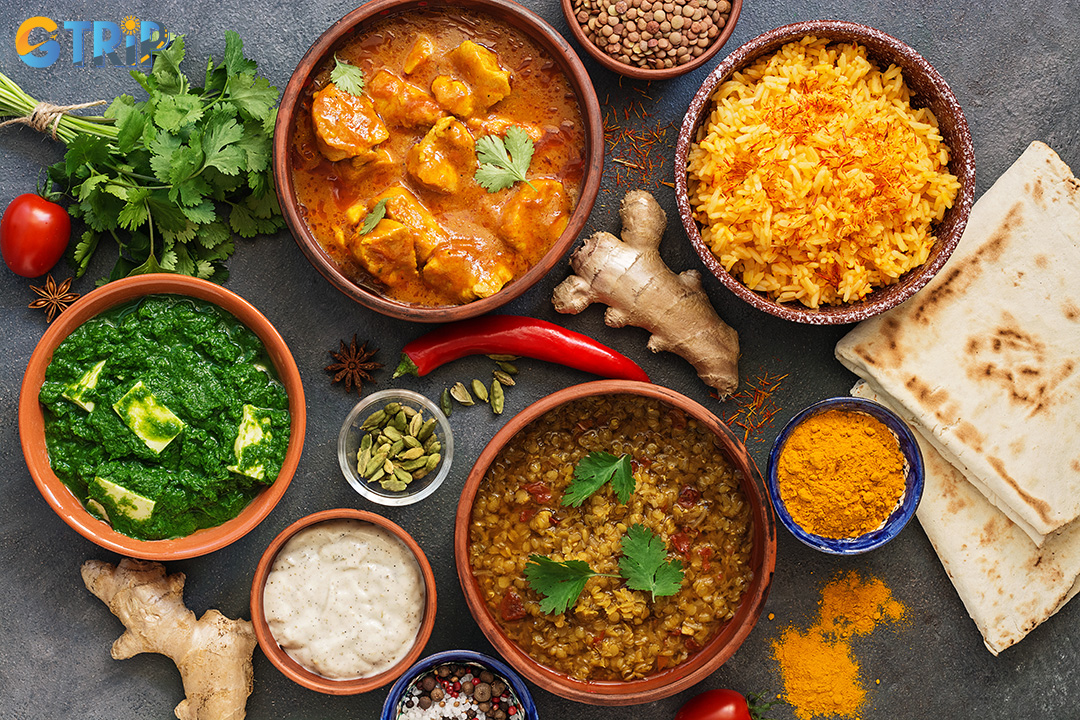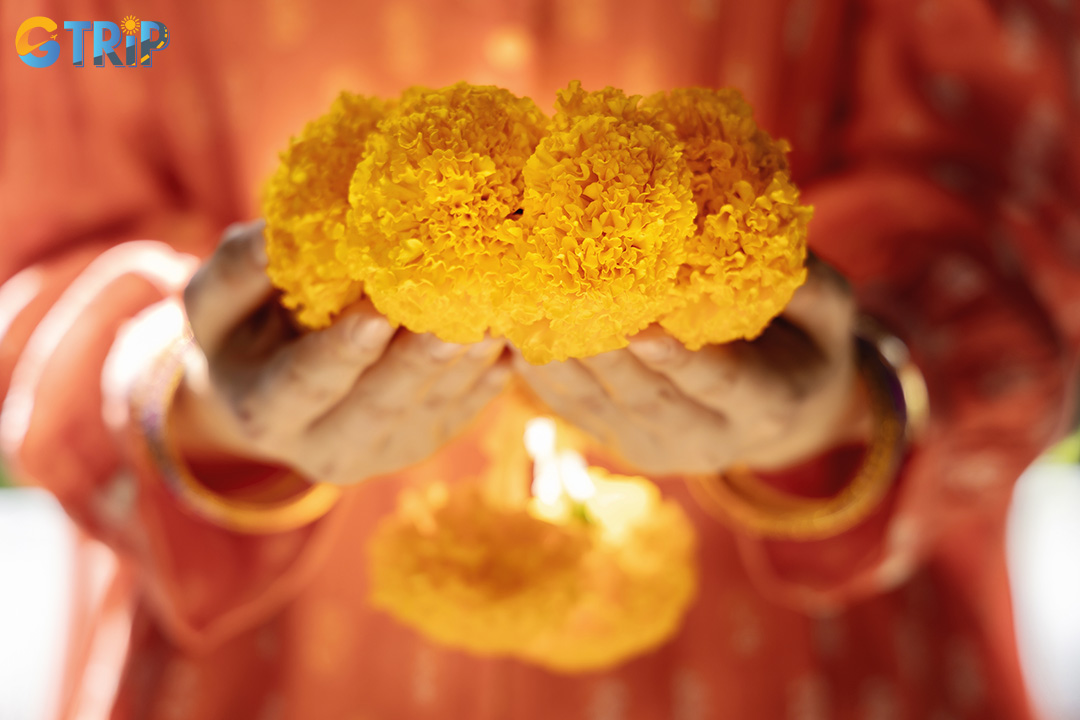Feb - 02 - 2024
In the heart of South Asia, India lies a land of rich cultural tapestry and diversity. As a traveler, understanding and respecting the etiquette in India is paramount to fully immersing yourself in the beauty of the country. This comprehensive guide will make your journey through India seamless and enriching.
Sari - A distinctive Indian attire
The Sari, a symbol of grace and tradition, is a quintessential Indian garment. Ranging from 4 to 9 meters, and sometimes extending to 12 meters, the Sari is draped around the body in various styles.
In the context of Indian culture, women wearing Saris adhere to a strict rule: never reveal the legs, symbolizing social status. While the styles may be similar, the materials and colors vary, reflecting the wearer's background and occasion.

Indian women wearing colorful Sari
Namaste - The traditional greeting of India
Namaste is a traditional greeting in India that holds deep cultural significance. It is often accompanied by a slight bow with the palms pressed together, fingers pointing upwards, and accompanied by the spoken word "Namaste".
This gesture is a sign of respect and acknowledgment of the divine spark within the other person. The word "Namaste" itself translates to "I bow to the divine in you" in English. It is a beautiful expression of the interconnectedness and mutual respect that is deeply rooted in Indian culture.

Namaste is a feature of etiquette in India
Dining etiquette rules in India
In India, dining etiquette is an important aspect of the culture.
Culinary delights - A symphony of flavors
Indian cuisine is renowned for its rich and diverse flavors, as well as its use of aromatic spices and herbs. It varies greatly from region to region, offering a wide array of dishes that cater to different tastes and preferences.
In addition to the main dishes, Indian cuisine also features a variety of breads like naan and roti, as well as an assortment of chutneys, pickles, and raita to complement the flavors of the meal. The diversity and depth of Indian cuisine make it a favorite around the world, offering a culinary journey that is as varied as the country itself.

Indian cuisine is a reflection of the country's diverse culture, history, and geography
Embracing the art of eating with hands
Eating with hands in India is considered an art and a traditional practice that has been passed down through generations. It is believed that the practice of etiquette in India, specifically eating with hands, allows for a more intimate connection with the food and enhances the dining experience.
When eating with hands in India, it is customary to use only the right hand, as the left hand is considered impure. The fingers are used to mix and pick up small portions of food, and the thumb is often used to push food into the mouth.

Eating with hands in India is a cultural tradition in India
Religious respect - A melting pot of diverse beliefs
India, a melting pot of religions, acknowledges freedom of worship as a fundamental right. This diversity is reflected in various religious festivals, each with its unique customs and traditions. The respect for religious freedom is enshrined in the Indian constitution, fostering a society where multiple beliefs peacefully coexist.
When visiting religious sites, visitors should dress modestly, covering the shoulders and legs, and removing the shoes before entering temples and mosques. Public displays of affection should be avoided near religious sites, as they may be considered disrespectful. Additionally, seeking permission before taking photographs at religious places is advisable, as some locations may have restrictions.

It is important to show respect for religious customs and traditions
Henna art - Expressing culture through intricate designs
Henna, also known as Mehndi, holds a significant cultural and artistic value in India. The intricate designs created using henna paste are a traditional form of body art, often applied during weddings, festivals, and other special occasions.
The practice of adorning the hands and feet with henna is deeply rooted in Indian culture, serving as a form of self-expression and a way to celebrate important milestones in life. In the context of cultural practices and etiquette in India, applying henna is a revered tradition that adds a touch of grace and beauty to significant events.

Henna is applied on special occasions in India
Sacred animals - The reverence for cows
In India, the cow holds a revered and sacred status in the culture and religion. When visiting India, it's important to be mindful of this cultural reverence for cows. Refrain from any behavior that may be perceived as disrespectful towards cows, and be aware that in some regions, cows are free to roam the streets. It's advisable to show consideration for local customs and beliefs regarding the treatment of cows to ensure a respectful and harmonious experience during your visit.

Cows are considered sacred in Hinduism
Navigating etiquette in India is not merely about adhering to rules but embracing a cultural odyssey. Plan your trip today and witness the beauty of traditions, festivals, and flavors that make this country truly unique. Travel to India for an unforgettable cultural immersion.


